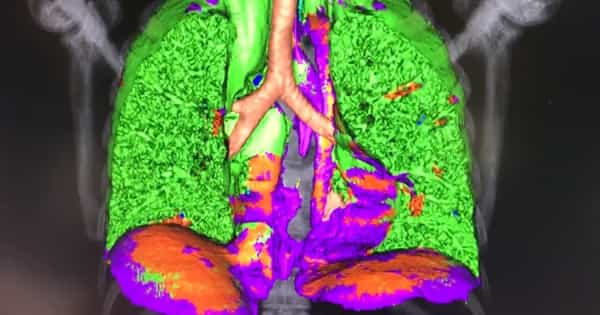Self-repairing robots and equipment abound in sci-fi films, from the Terminator to Spiderman’s suit. Wear and tear, on the other hand, reduces the usefulness of electrical equipment until they are replaced.
What’s the difference between a shattered phone screen that heals itself overnight and solar panels that provide electricity to satellites that are constantly fixing damage caused by micro-meteorites?
Thanks to Technion Israel Institute of Technology scientists who produced eco-friendly nanocrystal semiconductors capable of self-healing, the field of self-repairing materials is fast expanding, and what was once science fiction may soon become reality.
Their findings, which were recently published in Advanced Functional Materials, show how a class of materials known as double perovskites exhibit self-healing capabilities after being injured by electron beam radiation.
Perovskites, which were initially found in 1839, have recently attracted the attention of scientists because to their unique electro-optical properties, which make them highly efficient in energy conversion despite their low cost of manufacturing. The use of lead-based perovskites in extremely efficient solar cells has received significant attention.
Professor Yehonadav Bekenstein’s research group at the Technion’s Faculty of Material Sciences and Engineering and the Solid-State Institute is looking for green alternatives to harmful lead and developing lead-free perovskites.
The group specializes in creating nano-scale crystals of novel materials. They change the material’s physical properties by manipulating the composition, shape, and size of the crystals.

Nanocrystals are the tiniest bits of matter that are naturally stable. Their small size emphasizes certain qualities and allows researchers to use techniques that would be impractical on larger crystals, such as imaging with electron microscopy to see how atoms in materials move.
In fact, it was through this mechanism that self-repair in lead-free perovskites was discovered. Prof. Bekenstein’s lab created the perovskite nanoparticles using a quick and easy technique that entails heating the material to 100°C for a few minutes.
The fascinating event was discovered when Ph.D. students Sasha Khalfin and Noam Veber investigated the particles using a transmission electron microscope.
This type of microscope’s high-voltage electron beam generated flaws and holes in the nanocrystals. The researchers were then able to investigate how these holes interact with the material in which they are embedded, as well as how they move and morph inside it.
They saw that the holes in the nanocrystal moved freely within it, but stayed away from its edges. To comprehend the movement dynamics within the crystal, the researchers built a programme that examined dozens of videos taken with an electron microscope.
They discovered that holes formed on the nanoparticles’ surfaces and subsequently migrated within to energetically stable places. Organic molecules coating the nanocrystals’ surface were thought to be the cause of the holes moving inwards.
The group noticed that after the organic molecules were removed, the crystal spontaneously ejected the holes to the surface and out, restoring to its original pristine structure, in other words, the crustal mended itself.
This breakthrough advances our understanding of the processes that allow perovskite nanoparticles to self-heal, and it open the way for their use in solar panels and other electronic devices.
Prof. Yehonadav Bekenstein earned his bachelor’s and master’s degrees in physics and chemistry from Jerusalem’s Hebrew University. He joined the Technion faculty in 2018 after completing a postdoctoral position at the University of California, Berkeley.
The Käte and Franz Wiener Prize (Excellent Ph.D. Thesis Award), the Rothschild Fellowship for postdoctoral scholars, and the Alon Scholarship for the Integration of Outstanding Faculty are among the honors he has earned. He received the ERC Starting Grant for early-career scientists in 2020.
















